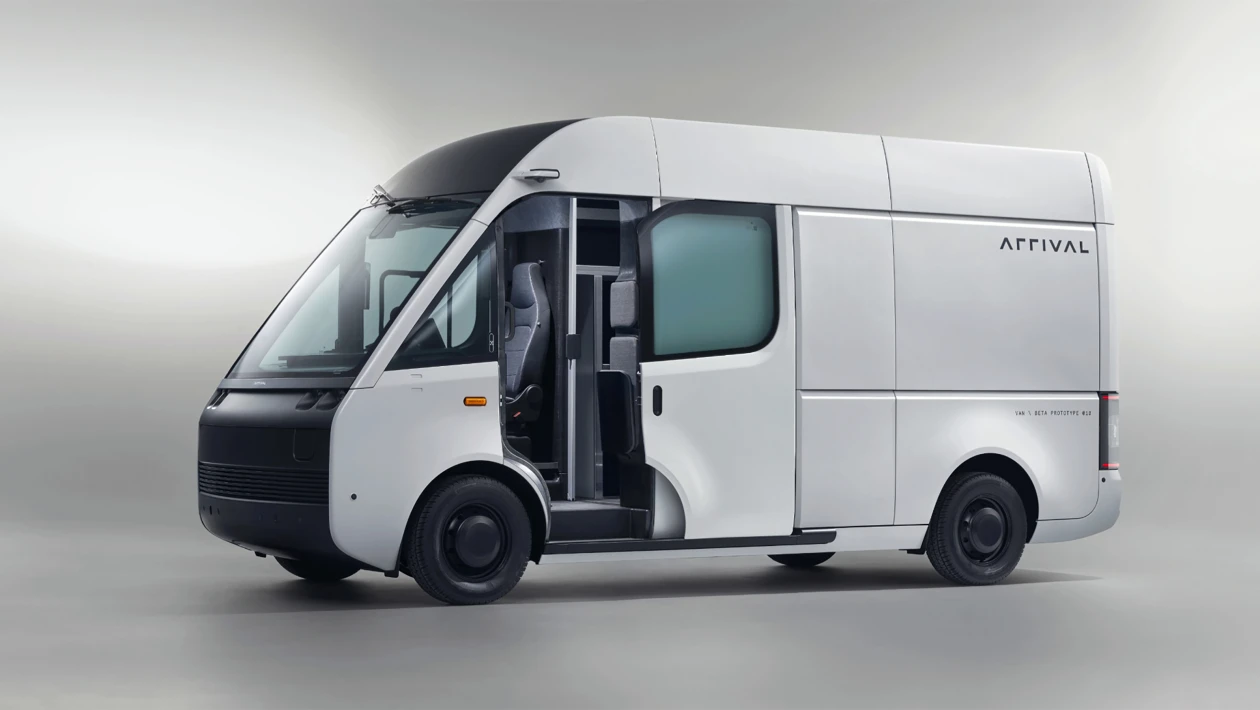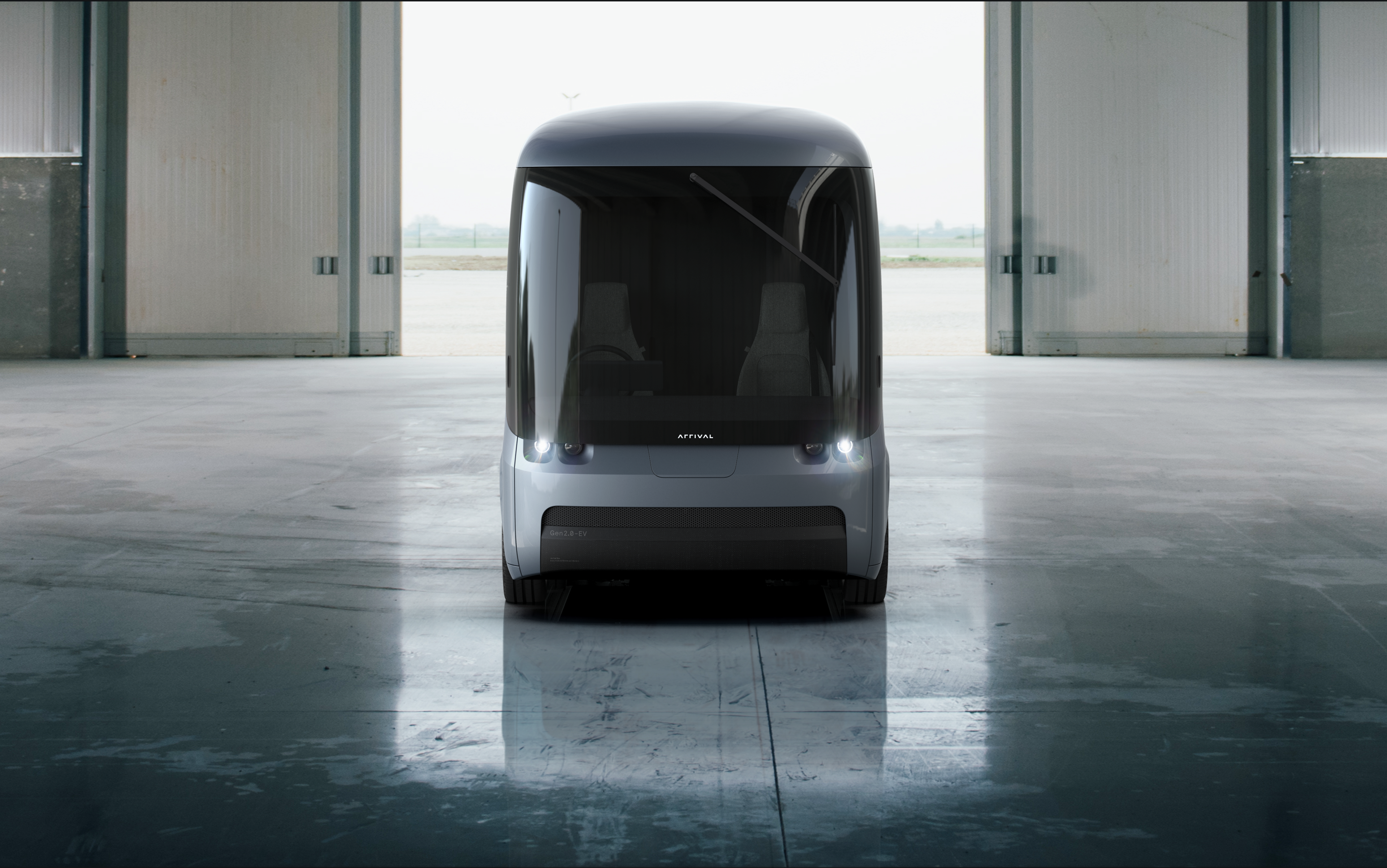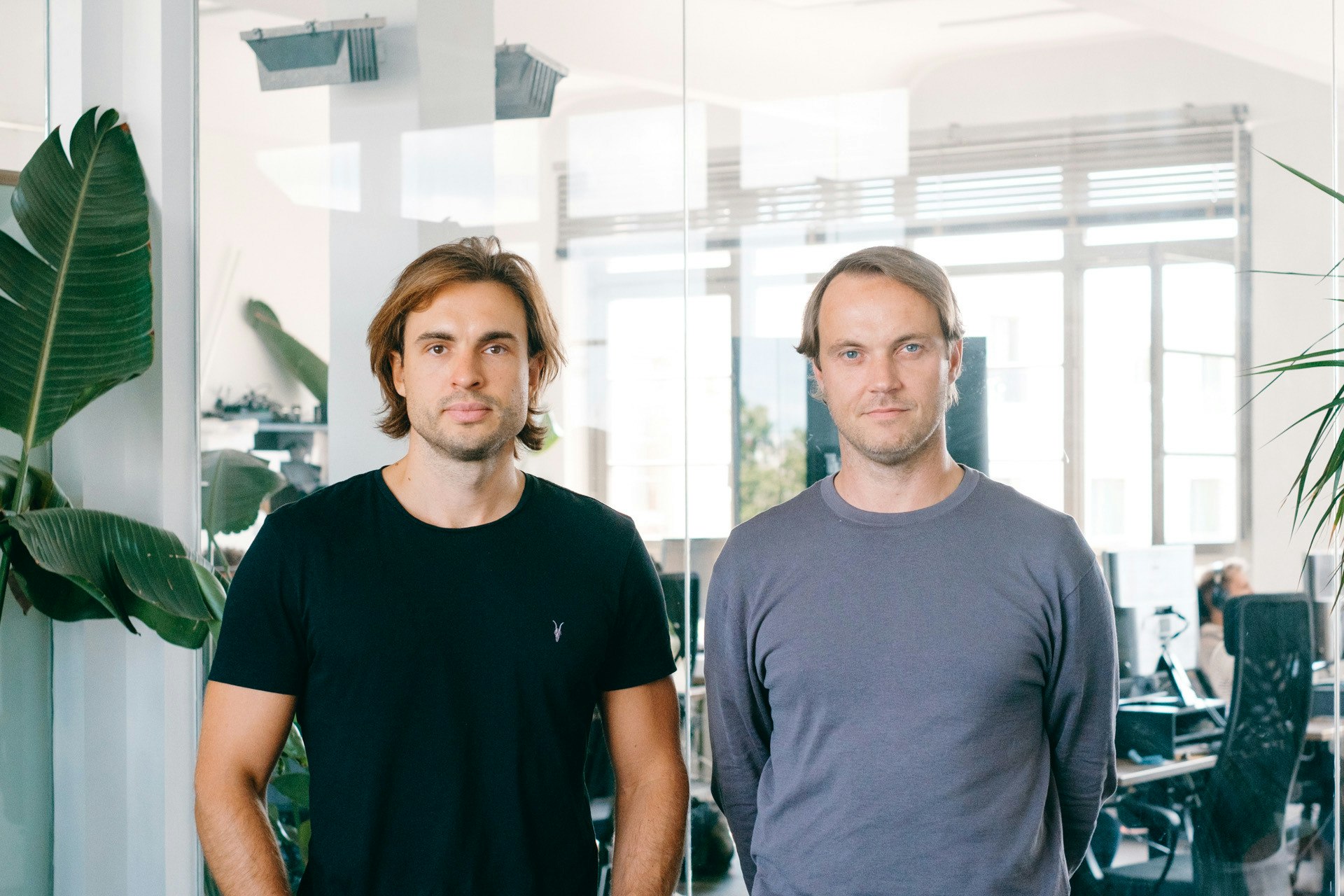Electric vehicle maker Arrival listed on the Nasdaq in 2021 with a lofty $13bn valuation, making it the largest-ever listing for a British tech company at the time.
But fast forward three years and Arrival, once championed by former prime minister Boris Johnson, has filed for administration for its UK arm. Its Nasdaq-listed parent group was forced to delist last week after failing to file accounts.
“It was very much seen as the British Tesla for electric vans. It’s a corporate failure but there’s also something there about the inability of startups in the UK to scale up,” says David Bailey, professor of business economics at Birmingham Business School.
Arrival UK’s collapse comes just months after the bankruptcy of another European e-van maker, Sweden’s Volta Trucks. At the end of last year, another e-van maker, UK-based Tevva, suffered a failed merger agreement with an American company.
The Arrival vision
Arrival was founded in 2015 by Denis Sverdlov, who made his money in telecoms before a stint as a Russian deputy minister.
The vision was enticing: the company would build the next generation of electric vans that were not only greener than their petrol and diesel counterparts, but also cheaper. Central to that was the idea of “microfactories”: where vehicles would be produced in small factories all around the world, theoretically lowering the cost of shipping them between countries.
Sverdlov funded Arrival himself for the first five years, piling in $500m. Then seemingly out of nowhere in 2020, the company raised €100m from Korean auto giants Hyundai and Kia. Later that year, BlackRock invested $118m.
It was late-2022 when things started to look shaky. The company missed a series of targets and ended the year warning it would struggle to stay afloat throughout 2023.

So what went wrong?
A central problem, a former employee speculated to Sifted last year, was that the company tried to do too much, all at once.
“Arrival always wanted to make all its components, which everyone would agree was too aggressive as a strategy,” the former employee said. “They had over 800 people working on that. Most companies use off-the-shelf components, which is lower margin in the end but de-risks the business.”
Tesla famously makes a lot of its own components, but it’s a strategy that only brings cost savings at very high volumes of production.
“Arrival’s product was great,” the former employee said. “The operating scope was just too broad, they chased everything at once, the team grew, salary inflation grew and they ran out of runway.”
The microfactories concept also drew criticism. Arrival argued that, by creating small factories around the world to manufacture close to customers, it wouldn’t have to pay to ship entire vehicles around the globe. Incumbent carmakers say it costs about £1bn to create a new vehicle production line. Arrival said it could do it for £100m.
“I don’t think the costs ever stacked up,” says Bailey.
He explains that scale is what brings down the price of manufacturing, something the microfactories concept failed to allow for. “You can only really produce at a very low scale if you have a very high premium.”
Arrival’s hunt for a lifeline
Sverdlov stood down as CEO at Arrival at the end of 2022, just as the company declared it was struggling financially. He began selling his stake in the business, something that continued in 2023.
Under the leadership of a new CEO, Igor Torgov, Arrival shifted strategy. It dropped the plan to make its components in-house and started buying them off the shelf. It also cut its headcount, laying off 50% of its workforce in January 2023 (roughly 800 people), and another 25% in October last year.
In mid-2023, it also made an about-turn to focus on manufacturing in America, where it could cash in on credits from the country’s Inflation Reduction Act (IRA), which offers significant tax incentives to companies building green technology.
But the company was still burning cash and yet to bring in revenue.
Can Europe get an e-van on the road?
There’s a history of failed e-van companies in Europe. UK-based Modec, an early pioneer of electric vans, launched in 2006 and went into administration five years later, after a decline in sales pipeline.
Arrival UK’s collapse comes a few months after Volta Trucks, a Swedish e-van maker, declared bankruptcy. Volta, which had raised $412m, said the collapse of its battery supplier, a US company called Proterra, was partly to blame. In December, a New York-based hedge fund, Luxor Capital Group, purchased Volta outright.
The only other startup building e-vans in Europe is Tevva, which is based in the UK. It has raised $147m from investors including ACF and Bharat Forge, an Indian multinational.
"We are disappointed to see the news about Arrival,” Ken Scott, managing director of fellow British e-van maker Tevva, tells Sifted. It’s a tough environment for electric vehicle startups, Scott says, but “the decarbonisation of trucking is inevitable”.

Up against the incumbents
Startups working on e-vans face competition from incumbent car companies — which have deeper pockets. “Starting from scratch is very difficult when you have some established players making vans at scale now,” says Bailey.
Stellantis, which includes the brands Citroën, Vauxhall, Peugeot and Fiat, is working on electric vans and trucks, as are Volvo and Mercedes.
“It was previously argued that the incumbents had sunk assets and therefore they were at a disadvantage,” says Bailey. “But they also have scale and they've already got capital investments in place.” Once an incumbent car company has moved into electric cars, the hop to vans is not a huge one, he says.
Incumbent car companies could also have an easier time securing large deals with supermarkets or utility companies — the kind of deals that bring in the big bucks.
Competing with China
There are also geopolitical dynamics at play. Arrival’s last-ditch dash to the US for IRA subsidies shows how strong the draw of other markets has become. Andy Palmer, the former head of Aston Martin, last year said it was “probable” that firms would leave the UK unless the country provided a package subsidy similar to the IRA.
China is also a key player. In the electric car category, Chinese company BYD has seen a meteoric rise in recent years, overtaking Tesla’s sales in the last quarter of 2023. Chinese companies are working on e-vans too: the Shanghai Automotive Industry Corporation’s Maxus van appears increasingly frequently on European roads.
China produces roughly 77% of all batteries globally and is home to six of the ten largest battery manufacturers — meaning European companies like Arrival face a significantly harder task setting up battery supply chains than their Chinese counterparts.
In light of this, it might be a Chinese buyer that scoops up some of Arrival’s tech if administrators come to sell off its assets. “They’ve got what was a highly regarded van,” says Bailey. “I can see a Chinese player buying it up.”
Arrival has not responded to request for comment from Sifted.


